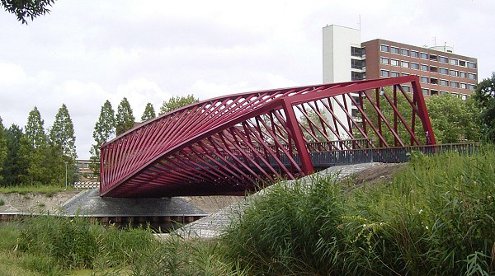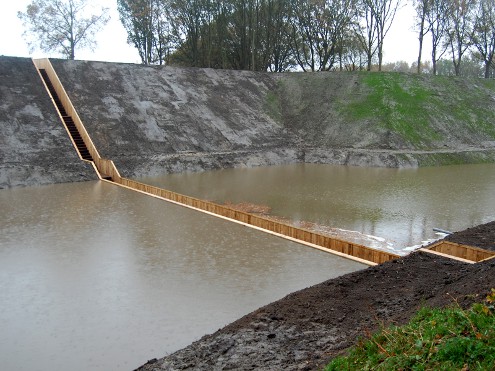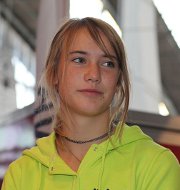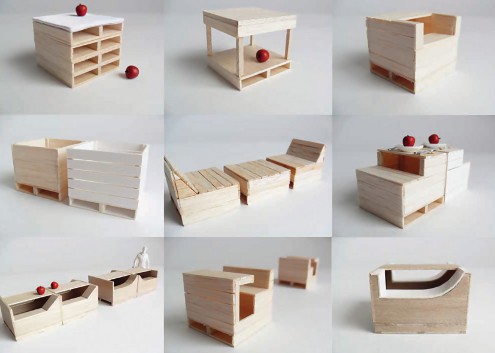 “The Kröller-Müller Museum has 205 [Facebook] fans”, Bright writes, “Museum De Pont has 2,537 fans, Rijksmuseum [Amsterdam] has 6,663 fans, Stedelijk Museum has 17,867 fans, and the Van Gogh Museum has 26,191 fans”
“The Kröller-Müller Museum has 205 [Facebook] fans”, Bright writes, “Museum De Pont has 2,537 fans, Rijksmuseum [Amsterdam] has 6,663 fans, Stedelijk Museum has 17,867 fans, and the Van Gogh Museum has 26,191 fans”
“The Greenbox Museum of Contemporary Art of Saudi Arabia is only open 12 hours a week and consists of single room. Yet it has 170,000 Facebook fans.”
According to the tech mag, that makes it the largest Dutch museum on Facebook. As a reason for its popularity, founder and curator Aarnout Helb told weblog Frankwatching that there are no modern art museums in Saudi Arabia itself. “Saudi Arabia is the historical and cultural heart of the Islam. Our fans come from the countries that lie between Tanger in Morocco and Port Darwin in Australia. We have 27,637 fans from India, 26,991 from Indonesia, 22,951 from Egypt [and so on].”
Helb started the museum on the Korte Leidsedwarsstraat in Amsterdam out of curiosity and to upgrade his multi-cultural roots. “There used to be a professor Snouck Hurgronje who had visited Mekka, and who advised the government that you could take the sting out of the European relationship with the Muslims, not with soldiers and guns, but with a dialogue in the city that draws so many Muslims each year. I had read his advice once, and I had also noticed that the 9-11 attackers weren’t from Afghanistan but from Saudi Arabia. They must have had some reason [to attack the USA], and sending a battalion of soldiers to the wrong country is not going to help you find out what that reason was.”
(Snouck Hurgronje lived from 1857 – 1936. Back then the Netherlands were a largely Islamic kingdom, although the Christians were the ones in power.)
(Photo: Greenbox Museum)


 Sometimes it is best to shut up. When news show Nieuwsuur reported that Pinkribbon.nl spent only 1.8 % of the donations it received on cancer, the charity threw a hissy fit. The findings of the show were far from the truth, they claimed, and the makers of the programme obviously prejudiced.
Sometimes it is best to shut up. When news show Nieuwsuur reported that Pinkribbon.nl spent only 1.8 % of the donations it received on cancer, the charity threw a hissy fit. The findings of the show were far from the truth, they claimed, and the makers of the programme obviously prejudiced.
 Somebody called Lucas Schröder has rejected his nomination for the prestigious Conny van Rietschoten Trophy,
Somebody called Lucas Schröder has rejected his nomination for the prestigious Conny van Rietschoten Trophy, 

 In what looks like a typical case of trying to silence somebody, American company Realnetworks with the aid of the Dutch public prosecutor, the Dutch police and the Dutch courts has managed to bully webmaster Hilbrand Edskes into running up over 66,000 euro in legal costs, losing all his spare time, and putting off his hopes of one day buying a house.
In what looks like a typical case of trying to silence somebody, American company Realnetworks with the aid of the Dutch public prosecutor, the Dutch police and the Dutch courts has managed to bully webmaster Hilbrand Edskes into running up over 66,000 euro in legal costs, losing all his spare time, and putting off his hopes of one day buying a house.